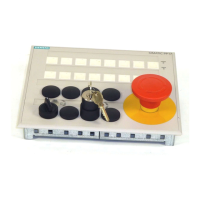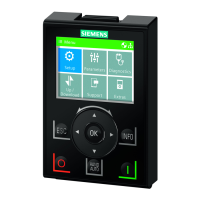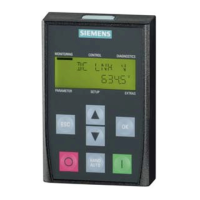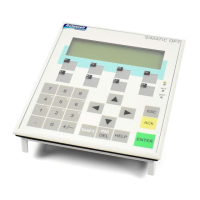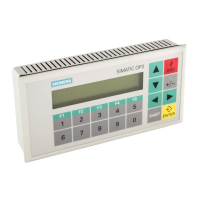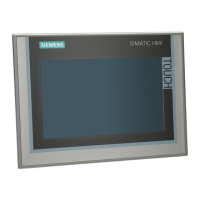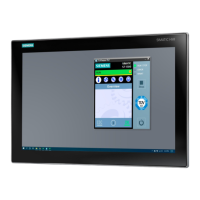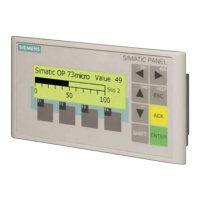12 Monitored lines
– not monitored for faults or tripping
• MS8SE (control element) can be operated in operating mode 1 (permanent 1:1 assign-
ment) and inoperating mode 2 (system-wide control)
• Only 3 parallel displays can be simultaneously activated on an MPL(reason: max. cur-
rent load of an MPL = 24 mA, 1 activated control unit requires approx. 4 mA,control
units and control elements are activated in the same cycle)
• Fault detection
– all pulse-polling detector elements (including control elements) can cause a fault
• Alarm buffering (ALZ) for Master20 and ABM
• Event delay for BR800, BR81, BR82 and MS8EB
• No fault delay
• Detector zone formation
– every detector in an MPL can be assigned one detector
– cross-module formation not possible
• Detector zone functions (as in SIGMASYS)
– 2-MG dependency
– – 2-detector dependency
– – ALORG (alarm organisation)
• Alarm zone formation
– cross-module formation possible
– – mixing with MPC and GMG detector zones possible
• Operating inputs (e.g. via receiver module MS8EB)
• Maximal line data 300Ω, 250 nF
12.2.1 Differences vis-à-vis AMP (SM88) or PMG (BMS) Vis-à-vis AMP
• no special AMP functions (suction systems, sterile areas)
• no different sensitivities (+, –).
Pulse-polling
detector element
Evaluation procedure ( code ) Remark
- BR800 Standard (0) smoke detector
- BR81 Standard (0) opt. smoke detector
- BR82 Standard (9)
1blank value m (0)
EMV (9)
opt. smoke detector
FDOOT241-8 Standard (0) neural fire detector
- BD857 Standard (5) heat detector
- RSG8 Standard (5)
closed-circuit current alarm device
- DR8 Standard (5) manual call point
- DR8AU Standard (1) manual call point with autom. inspection
- SDR8 Standard (5) manual call point
-SDR8AU Standard (1) manual call point with autom. inspection
- MS8EB Standard (3)
receiver module
- ABM Standard (B)
addressing module
80 / 128 BMT Project Planning Guidelines
Best.Nr. A24205-A337-B970 – Edition 12 (03/07)

